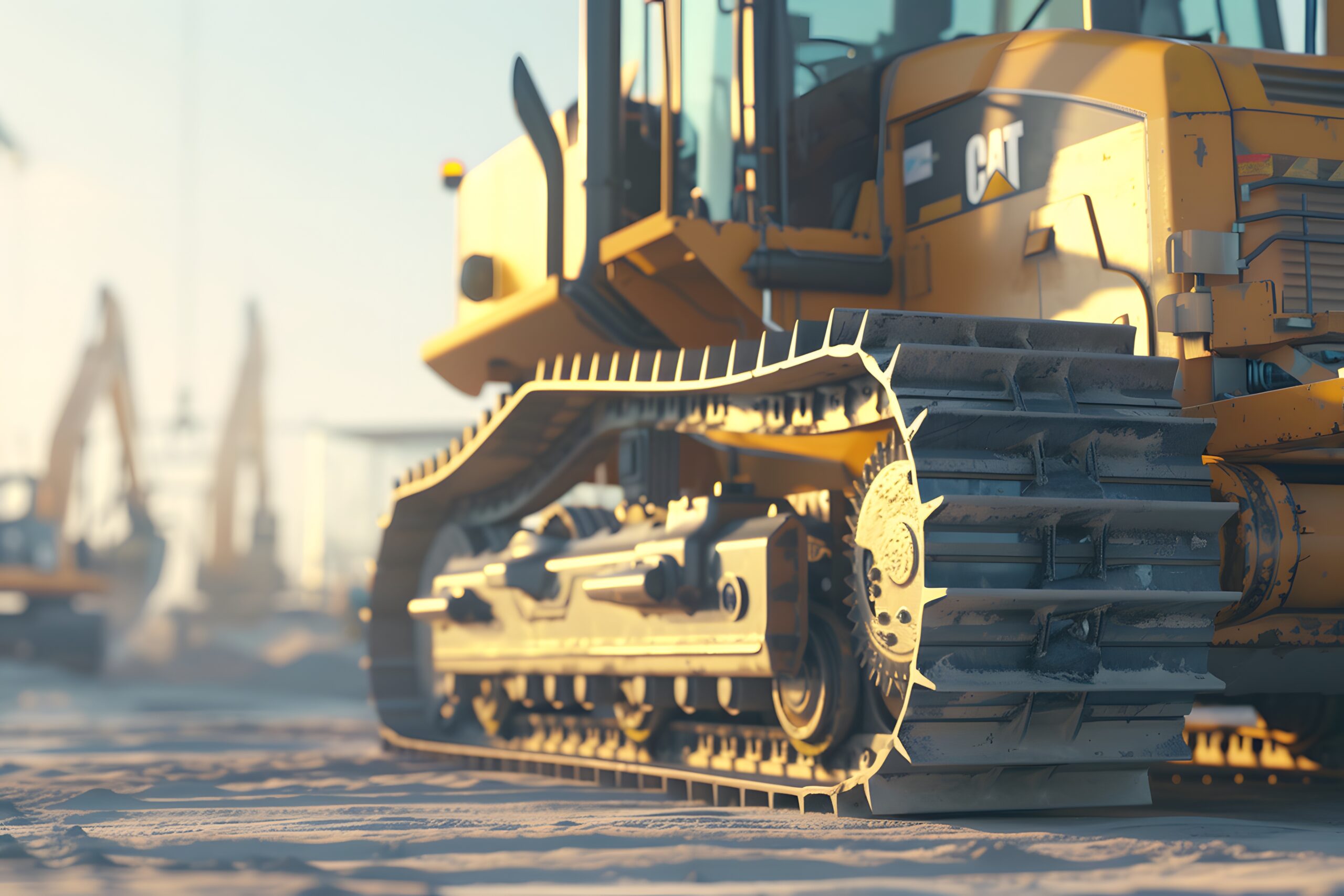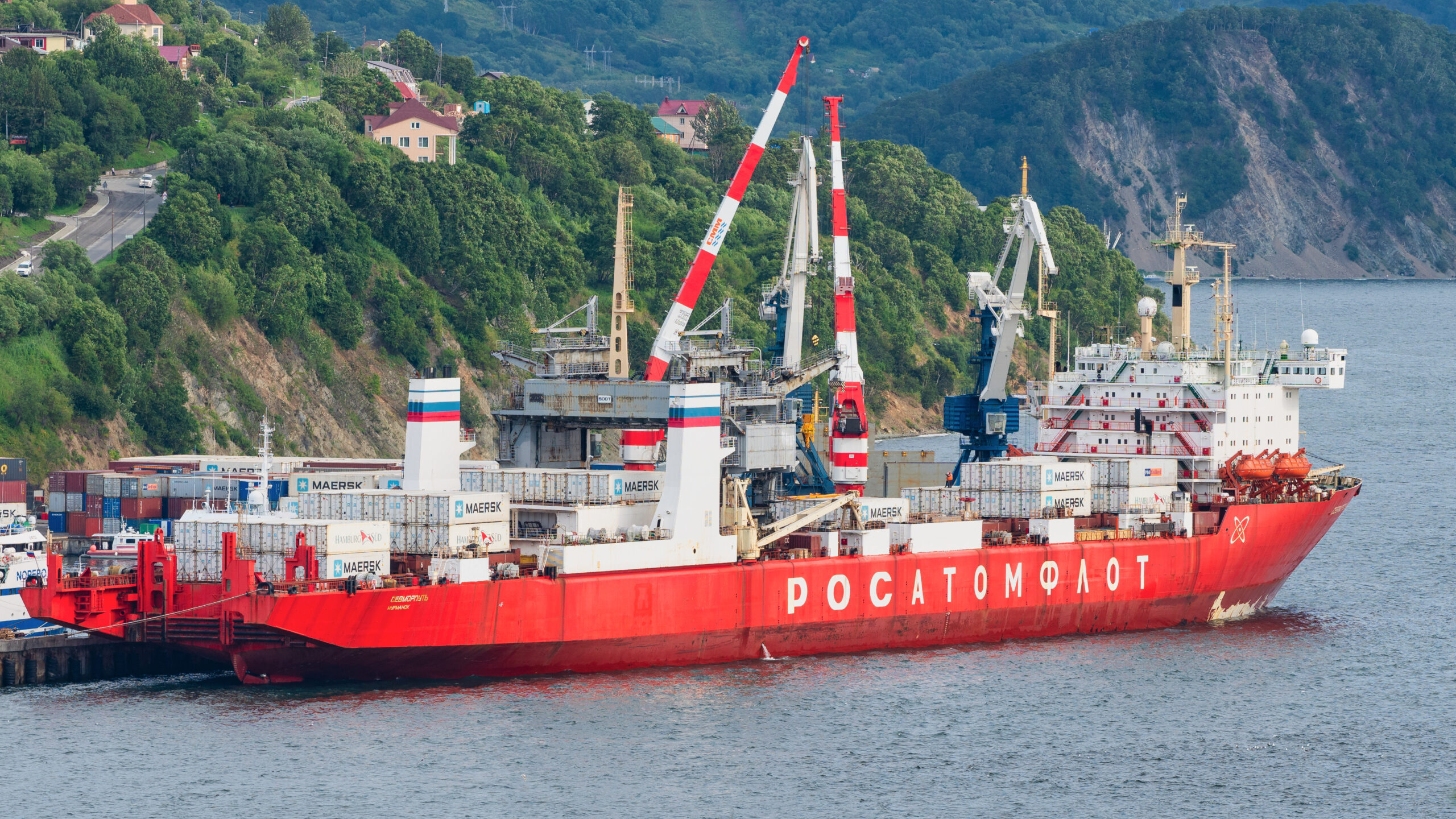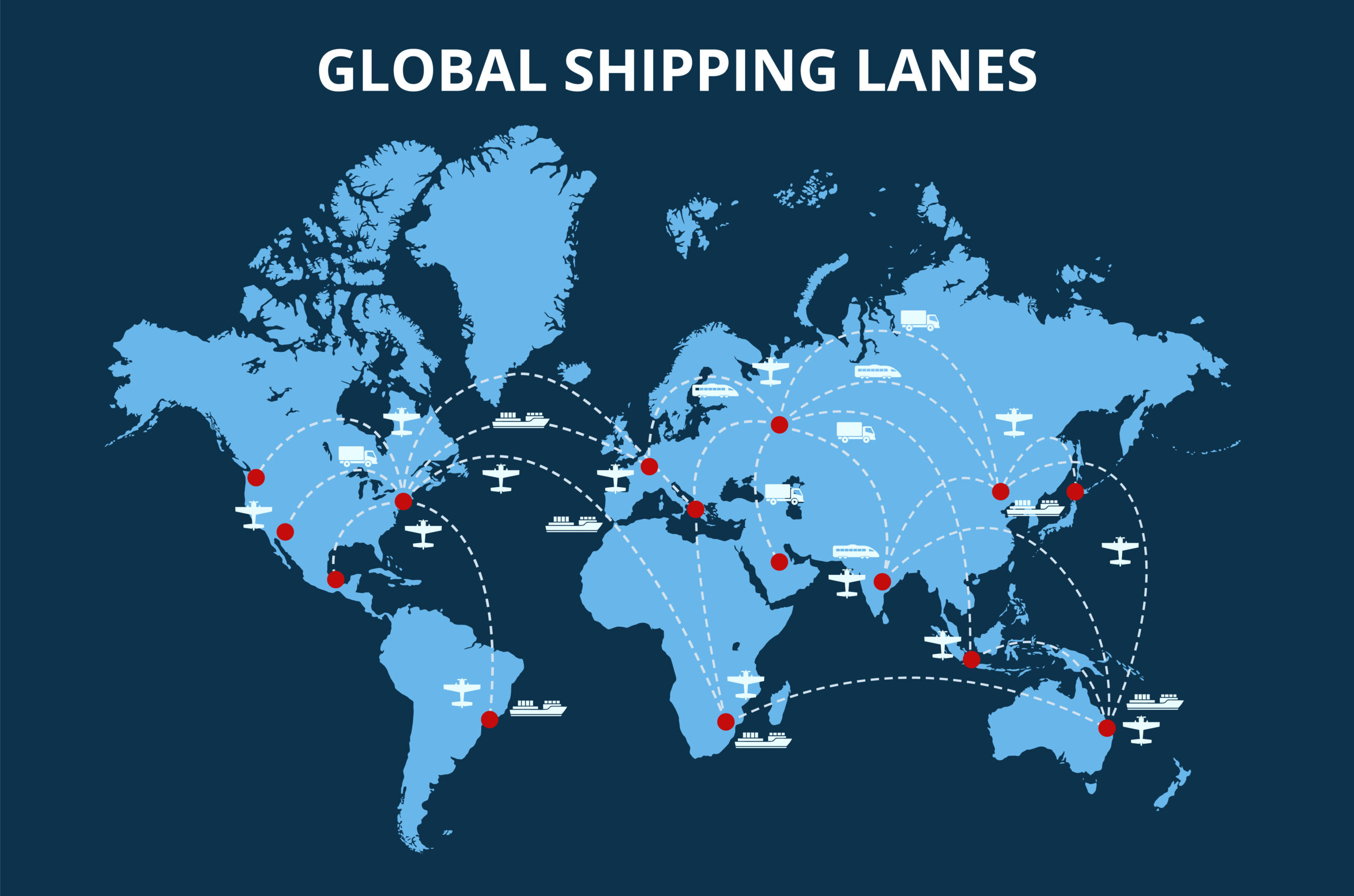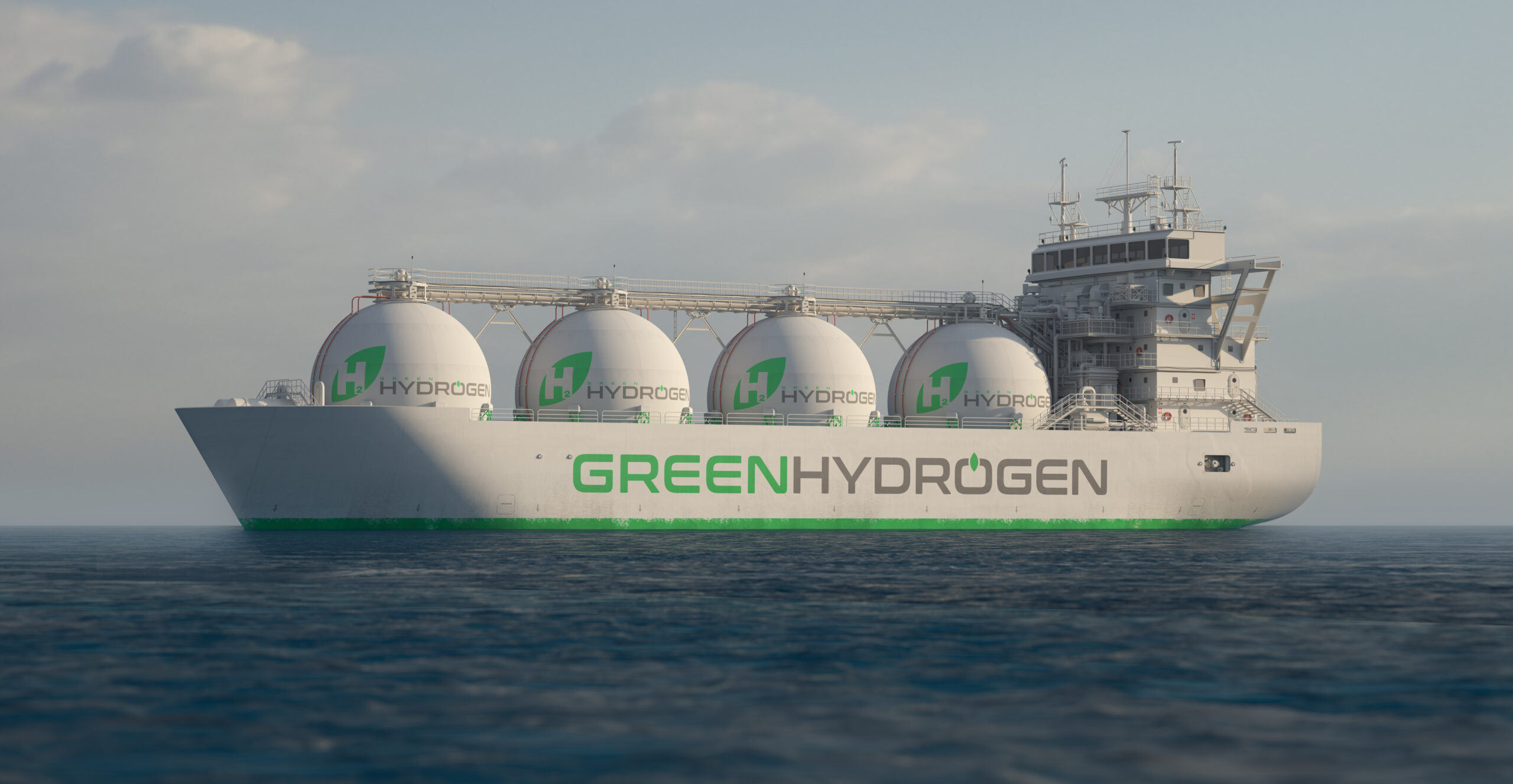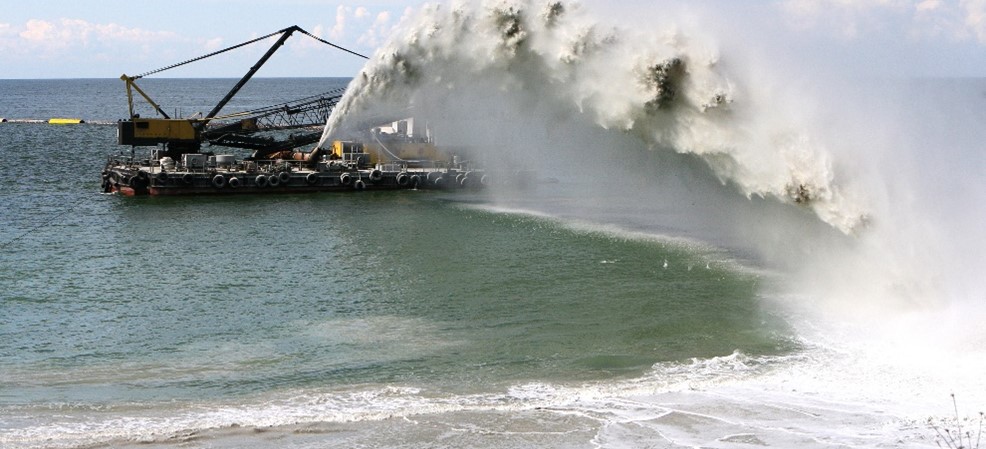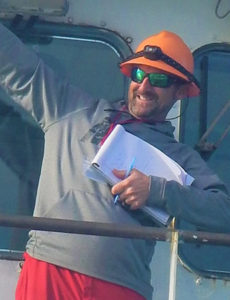This blog highlights the ongoing growth of shipbuilding in the United States, including the increasing involvement of Korean shipbuilders Hanwha Ocean and HD Hyundai.
Continue readingWhat 2024 Financials Reveal About the Marine Industry’s Future
This overview explores select 2024, 10-K Annual Statements with a focus on each company’s assets and production, business performance, and indications of their expectations for 2025.
Continue readingBits-and-Pieces
In 1939, the U.S. Navy Research Laboratory began exploring the construction of a nuclear-powered submarine. By 1955, the USS Nautilus was at sea. Soon after, the USSR introduced the commercial cargo ship Lenin, followed by the U.S. launching the Savannah in 1959.
With a few exceptions – Germany’s NS Otto Hahn (1964) and Japan’s NS Mutsu (1969) – the world went to nuclear powered war ships. Russia, however, occupied a unique middle ground with a fleet of nuclear-powered icebreakers.
Opinions Agree on an Interesting Economic Year
Changes in the maritime industry are expected to occur due to geopolitical shifts during the year. These changes will influence economic reasoning and patterns. With 80% of the world’s raw and completed products moving via merchant vessels, changes affecting the maritime sector will impact product costs for consumers.
Continue readingIT’S ALL UP IN THE AIR
The technical areas of maritime shipping increase rapidly with multiple ways of reducing emissions from dual-fuel engines and wind assistance and to computerized control of engines, wind assistance, and route planning. With these increasing technical advances, the certification and ongoing inspections of the systems grow more difficult. Technical advancements are also being made for vessel inspections. One of the fastest growing in all forms of vessel inspections is the use of drones.
Continue readingMethanol: A Look at Owner’s Alternatives for Greening and the Movement of Bulk Cargoes throughout the World
Methanol has become the most popular alternative fuel for vessels in the global new build orderbook alongside LNG, but its high cost has kept operators from signing up for the fuel in the long term. The industrialization of technology and the commercial development for vessel fueling did not progress as quickly as expected.
Continue readingFlotsam & Jetsam – A Look at Maritime Sections
With new GHG emissions regulations and corporate ESG concerns, designs and outfitting are now changing faster than they have over the previous 80 years. The propulsion and hull design of a ship in 2030 will be strikingly different, even than that of a peer ship built by 2020.
Continue reading2023 10-K Annual Statements – Corporate Cliffs Notes
Today we look at the stats! I am digging into the 10-K reports for publicly traded companies relating to the marine industry to see what their numbers can tell us about the current state of profit and risk.
Continue readingHot Air?
U.S. offshore wind farms come up frequently in the news, often related to politics and with a list of players that seems to change monthly. The number and location of sites in this industry, fledgling in the U.S., is confusing. To help visualize what is happening, I found several websites with information on the U.S. Windfarms operators.
Continue readingCURRENT BATTERY SCIENCE IN TRANSPORTATION and AN ONGOING LOOK AT INLAND
In September 2021, I looked at the growing use of Lithium-Ion batteries in forms of transportation. It was researched for my own education as well as for my readers. This blog will try to give basic information on the new generation of batteries and the systems that will be necessary for them to be used in various types of transportation as stored electrical power starts to take over from fossil fuels.
Continue reading

